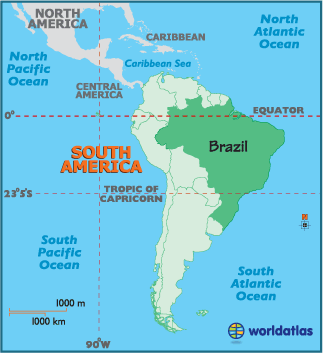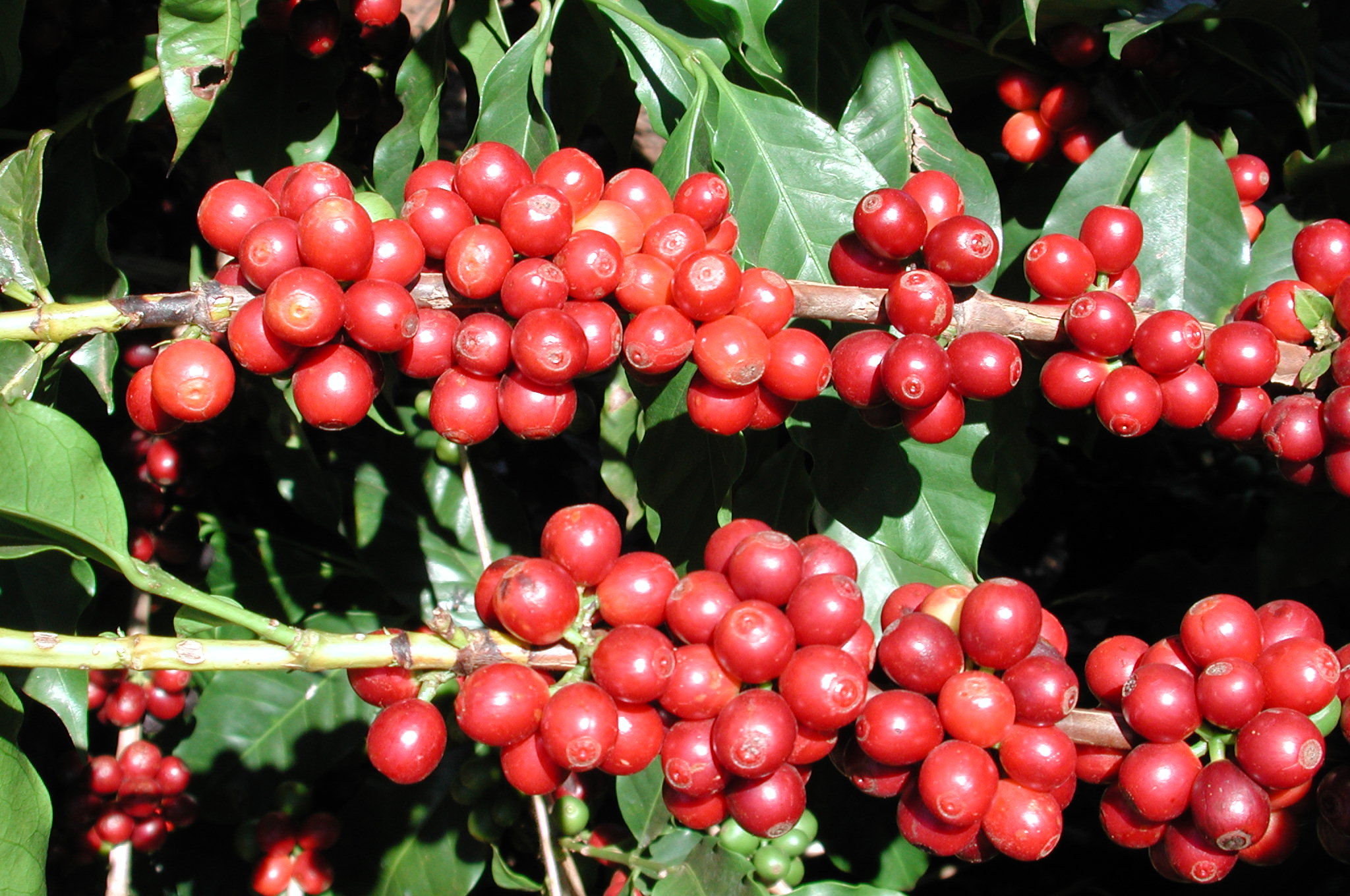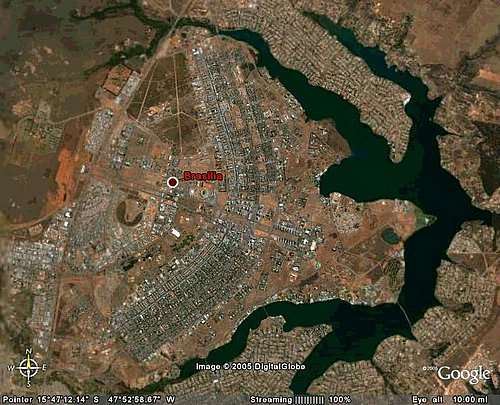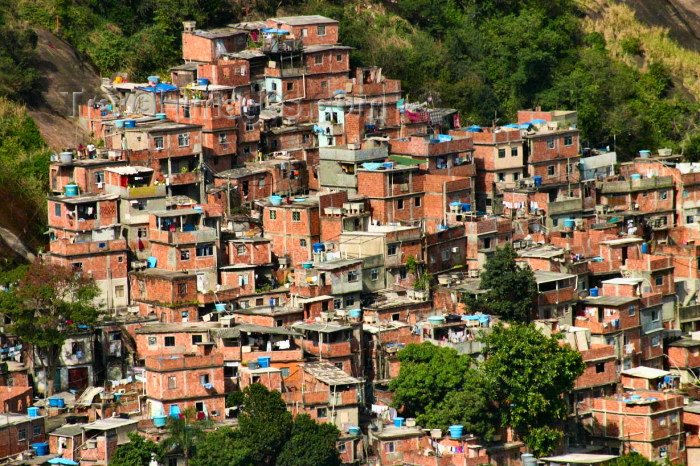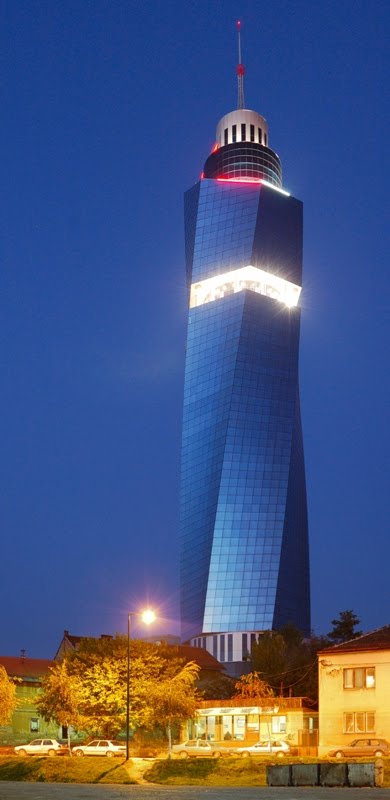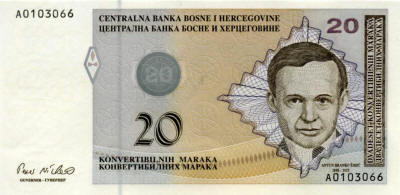 |
| In the mountains of Parana. Wow, what changes 10 years makes; this is before 8 years of marriage and two babies. That's not even my hair color anymore. |
Brazil is the largest country in South America, and not only
the only Portuguese-speaking country on the continent, but the largest
Portuguese-speaking country in the world. For most people, Brazil conjures up
images of the Amazon, gauchos, coffee, pristine beaches full of bikini-clad
women, the wild throws of Carnival and samba, racing, and soccer (or fútbol as
the rest of the world calls it). And while those things are popular, there is
more to Brazil than that.
Brazil borders every country in South America, except two:
Chile and Ecuador. And because Brazil is such a large country, not much smaller
than the United States, the land is diverse as well. The Amazon rainforest
spans across the northwest regions of the country, and its famous coffee grows
in the coastal states in the mid- to southern regions. Brazilian coffee is
among the best in the world, and prior to the Great Depression on the 1930s,
Brazil provided 80% of the world’s coffee.
The southern part is an important agricultural region – famous for their
gaucho culture. Part mountainous and part plains, this region is famous for its
beef as well as its wine production, both of which are superb.
The country of Brazil is named after brazilwood, a type of
tree that has a dark red wood found mostly in the northwest of Brazil, mostly
from the state of Pernambuco. During the 15th and 16th
century, the wood was coveted by Europeans for its ability to create dyes and
for other uses, such as musical instruments (like violin bows). Ships carrying
brazilwood were often pirated and had its cargo stolen. However, the tree is
listed as endangered because of all of this.
 |
| An example of brazilwood. This is a viola bow. |
Brazil is just about as diverse as the United States. Because
it was also a stop on the slave trade, much of the northern areas have many
people of African descent or mixed African descent. Of course, you’ll find many
people of Portuguese, Spanish and other European descent, and after WWII, there
was a large emigration of Italians and Germans who fled to the southern parts
of Brazil. Brazil also is the host of the largest Japanese population outside of
Japan, one of the largest communities being that of Liberdade in São Paulo, Brazil's (and South America's) largest city. I
was only in São Paulo for a day and didn’t get the chance to go to Liberdade,
so it’s definitely a MUST-SEE the next time I go.
While most people know of São Paulo and Rio de Janeiro, neither of those cities are the capital. The capital is Brasilia, which lies farther inland and has the distinction of being one of the world's few "planned cities." (We talked about the capital city of Canberra, Australia also being a planned city.) And actually, it's the largest city in the world that didn't exist at the beginning of the 20th century. The principle architect was Oscar Niemeyer (I went to one of his museums in Curitiba where the building looked like a big eye.), and if viewed from above, the city looks like an airplane or butterfly.
The vast majority of the country claims Roman Catholic as
their religion, although Protestantism has been gaining followers in the past
decade. There is also a large population who do not claim any particular
religion at all. Brazil actually has the world’s largest Catholic population.
In the past decade, Brazil has made strides in coming up as
an economic power. It has a strong manufacturing, agricultural, mining, and
service jobs sector that helps to drive its economy to make it one of the
fastest emerging economies in the world.
Brazil still struggles with literacy rates among the poor
areas and violent crimes in the larger cities; some areas still don't have adequate access to clean water and sanitation. The country is still trying to
come up with solutions relating to its infamous favelas, the most famous ones
in Rio de Janeiro. These slum areas are
occupied by the poorest peoples in the city, disproportionately minority
neighborhoods. The literacy rates are lower than the rest of the population and
certain diseases tend to be higher since access to health care is limited. These
areas are often one of the central points for drug trafficking; Brazil is the
second-largest consumer of cocaine and an illicit producer of cannabis as well.
I imagine this will be an issue we’ll see more of in the news in the next few
years since Brazil will be the host of the 2014 FIFA World Cup as well as the
2016 Summer Olympics.
I’m really excited for the opportunity to delve into
Brazil’s cultural history to showcase a country that has been close to my heart
for almost a decade now. (I was made an honorary Brazilian by my friends.) They
take a lot of pride in their arts and history, from their literature to their
music to their cuisine. Even though I have a lot of pre-knowledge about Brazil,
I’m sure there are things that will still be new to me.
Up next: Holidays and Celebrations
